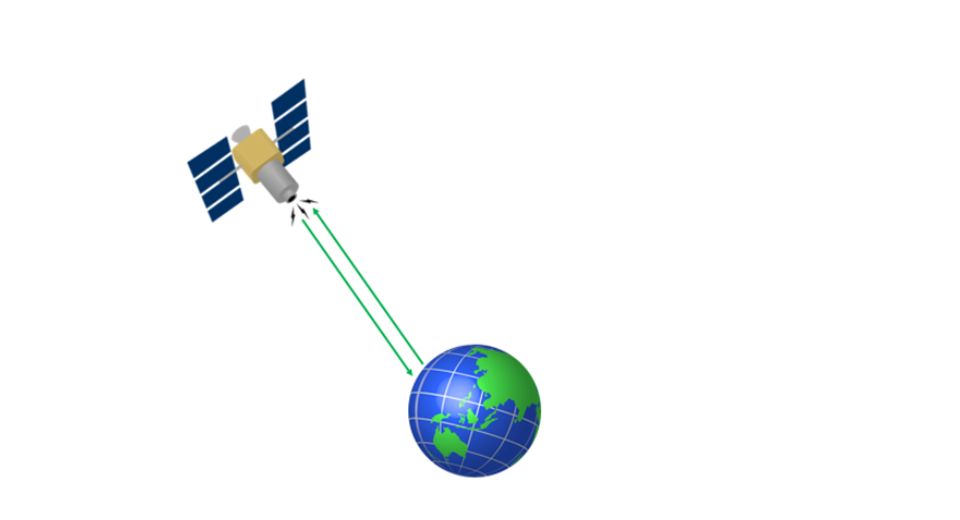
Jan 24, 2025

Metastat Insight has the Global Active Sensor Market, which illustrates the increasing importance of sensors in various industries as these advanced technologies are being more and more used in diverse applications. Sensors are an integral part of modern systems and have an influence on how automotive, healthcare, and consumer electronics industries develop. Their ability to collect, measure, and transmit real-time data has led to a transformation in several sectors, driving efficiency and enabling new functionalities that were once considered far-fetched. At the core of this growth is the continuous demand for precision and real-time data.
Active sensors differ from their passive counterparts in that they not only detect changes in the environment but also emit signals to monitor conditions. This feature allows them to work more autonomously, making them absolute necessities for systems that need proactive monitoring, such as in autonomous vehicles, industrial machinery, and smart home devices. The interplay of hardware and software makes these sensors possibly capable of more complex tasks than passive sensors, which simply collect data. The automotive industry has been one of the most active beneficiaries of the active sensor technology.
In recent years, vehicle integration of sensors has evolved from simple functions, such as parking assist, to much more complex systems like collision avoidance, lane-keeping assistance, and autonomous driving technologies. The innovations are both enhancing safety while reducing human error and promoting more energy efficiency. There are still rising trends in the use of advanced driver assistance systems due to increased numbers of drivers and manufacturers who need to make driving safer and comfortable. In that context, active sensors play a fundamental role since they continuously send out information regarding what is around the vehicle, providing split-second decision-making to avert accidents. Similarly, healthcare is undergoing revolutionary changes with active sensors being increasingly used in administering patient care.
These sensors are integrated in a variety of devices, such as wearable health monitors and surgical robots. As they collect data and transmit them continuously, active sensors have the promise of real-time monitoring of patient vital signs, such that medical personnel will be promptly alerted to risks. This is highly relevant in intensive care settings, where timely intervention is usually needed. Further, with the advent of telemedicine and remote healthcare services, active sensors have found a new platform for connecting patients to providers, giving precise information that allows doctors to make appropriate decisions without seeing the patient.
More interactive and responsive devices have increased the number of smart gadgets that are embedded with sensors. Smart speakers, wearable devices, and health trackers rely on active sensors to respond to user needs and the environment around them. Consumers demand more seamless, personalized experiences as such demand escalates. Active sensors that can detect and adapt to environmental changes like light, temperature, and motion allow more intelligent reactions in the surroundings by devices, making users experience more comfort and convenience. The sectors beyond these are incorporating active sensors into their industries, like agriculture, environmental monitoring, and security.
For example, in agriculture, sensors are used for precision farming, monitoring soil conditions, weather patterns, and crop health. This information allows farmers to make better decisions, increasing yields while minimizing waste of resources. Environmental monitoring is another area where active sensors are becoming indispensable. Sensors placed in bodies of water or on land are providing valuable data on pollution levels, temperature changes, and other environmental factors. Such information is key to policy and scientific research.
As smart cities emerge, sensors are also being integrated in monitoring systems, which can detect anomalies, track movement, and predict potential security breaches. This proactive type of surveillance will be increasingly critical in urban areas where constant surveillance is critical. Since the sensors are actively performing, data would be constant, real time for security staff to respond effectively when necessary. Without an iota of hesitation, it should be clear the broader implications regarding its future development where industries across different parts of the world are turning to active sensor technology for its agility and capability are yet to be considered. Automation or smart systems to make data-influenced decisions with the aid of sensors have a lot to mean in their existence. It plays on efficiency, ensures safety, and enhances user-friendly experience that forms the foundation toward a smarter interconnected world.
In conclusion, the Active Sensor Market presented by Metastat Insight underscores the growing influence of sensors in shaping the technological landscape. As industries continue to evolve and seek greater efficiencies, the role of active sensors will remain central to driving these innovations. Whether it's in the automotive industry, healthcare, consumer electronics, or other sectors, the ability of active sensors to provide continuous, real-time feedback is invaluable in modern technological systems. As their use becomes widespread, these sensors are destined to feature ever more importantly in shaping the future and driving forward in an ever-increasingly connected world.
Drop us an email at:
Call us on:
+1 214 613 5758
+91 73850 57479